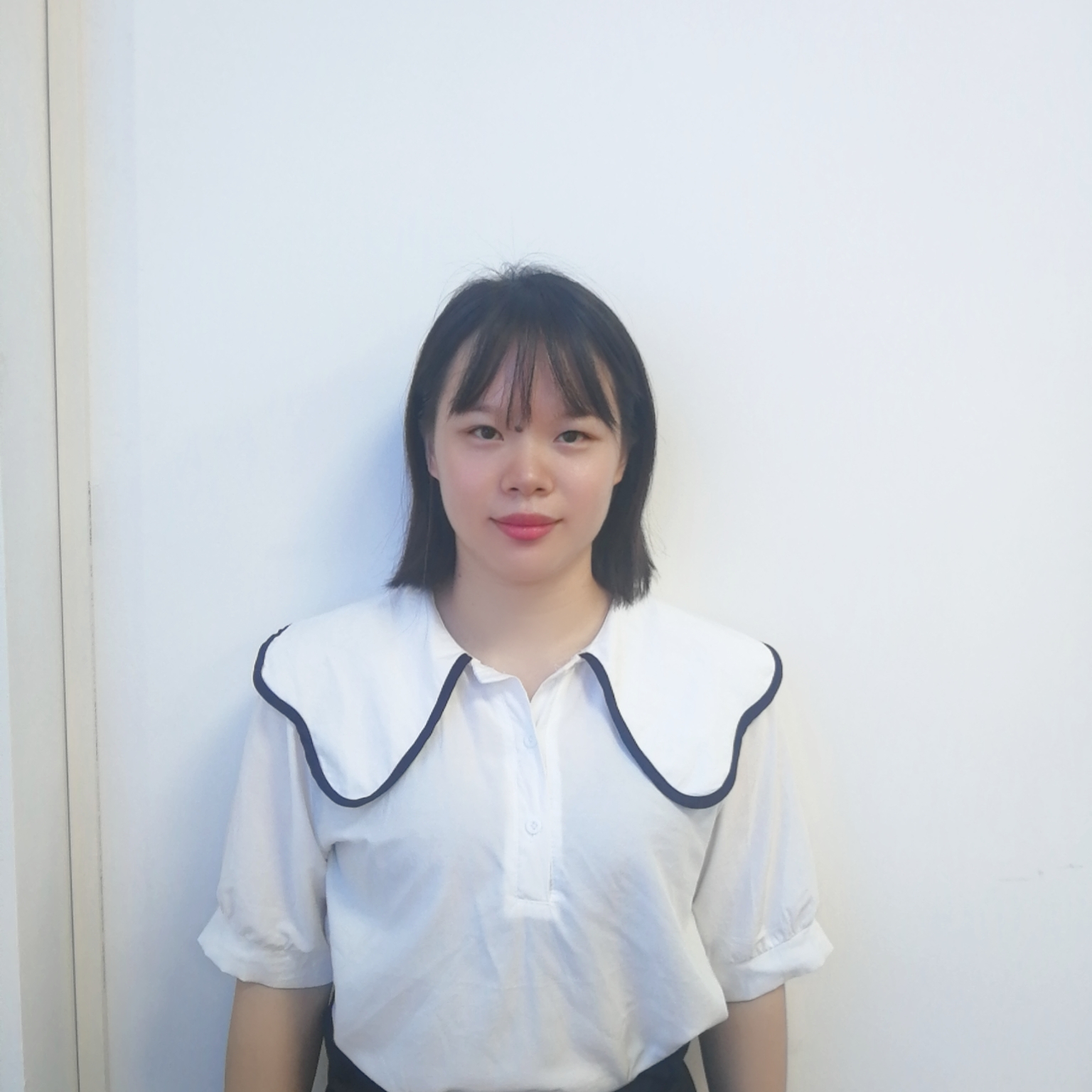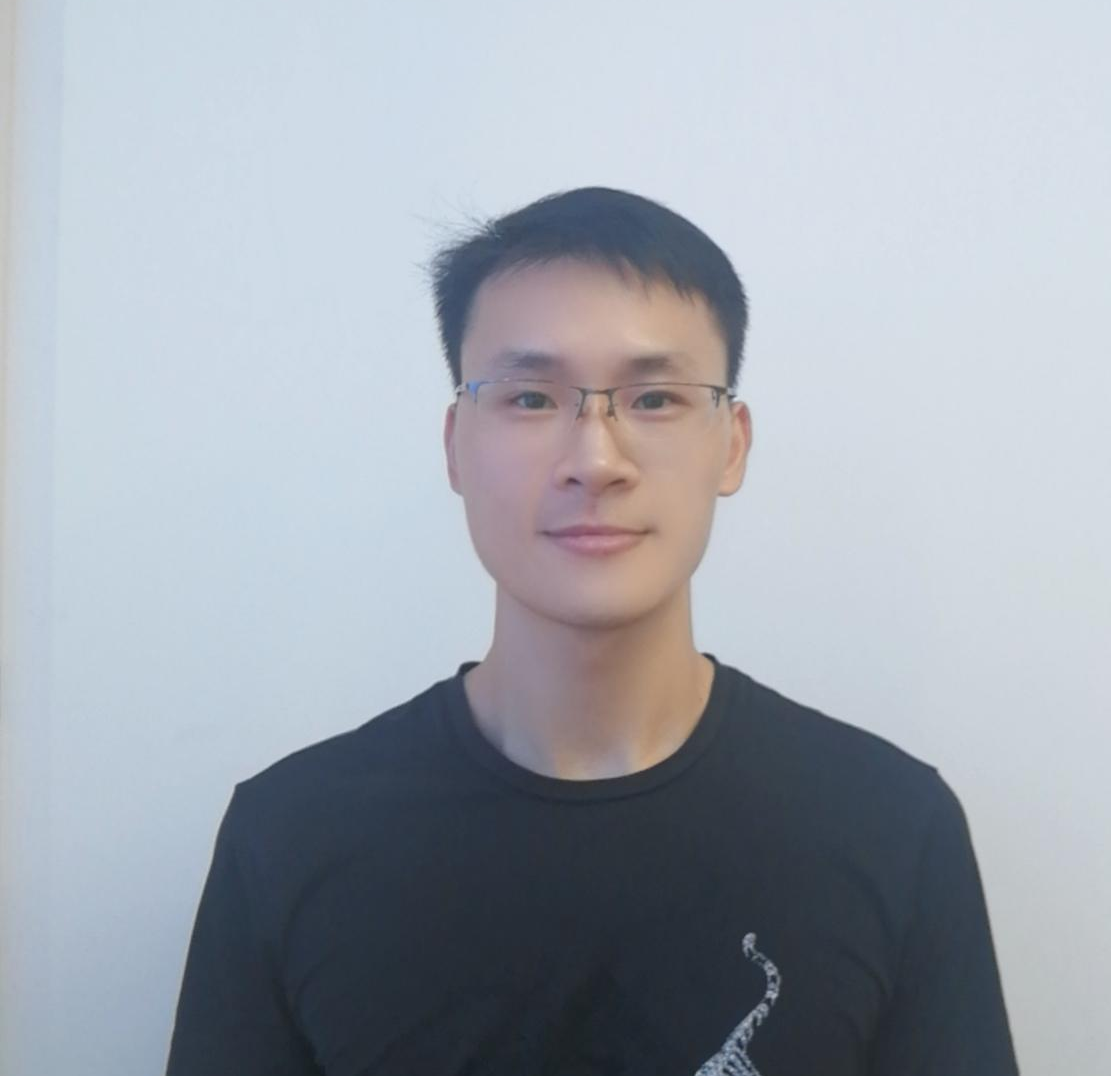What is the function of solar controller?
 Sep 29,2022
Sep 29,2022

 sunchees solar system
sunchees solar system
Sunchees Solar controller, called solar charge and discharge controller, is an automatic control device used in solar power generation system, which controls multiple solar cell arrays to charge storage batteries and the storage batteries to supply power to solar inverter loads. It regulates and controls the charging and discharging conditions of the battery, and controls the power output of the solar cell module and the battery to the load according to the power demand of the load, which is the core control part of the whole photovoltaic power supply system.
The most basic function of the solar charge and discharge controller is to control the battery voltage and open the circuit, and to stop the battery charging when the battery voltage rises to a certain level. The old controller mechanically completes the opening or closing of the control circuit, and stops or starts the power delivered from the power supply to the battery.
In most photovoltaic systems, controllers are used to protect batteries from overcharge or overdischarge. Over-charging may cause the electrolyte in the battery to vaporize, resulting in failure, while over-discharging the battery will cause premature failure of the battery. Overcharge and overdischarge may damage the load. Therefore, the controller is one of the core components of photovoltaic power generation system, and it is also the main part of BOS(BalanceofSystem).
Simply put, the functions of solar controllers can be divided into:
1. Power regulation function;
2. Communication function: 1 simple indication function 2 protocol communication functions such as RS485 Ethernet, wireless and other forms of background management;
3. Perfect protection functions: reverse connection of electrical protection, short circuit, overcurrent, etc.





 Home
Home ELECTRICITY PRICES IN EUROPE – WHO PAYS THE MOST?
ELECTRICITY PRICES IN EUROPE – WHO PAYS THE MOST?  You May Also Like
You May Also Like
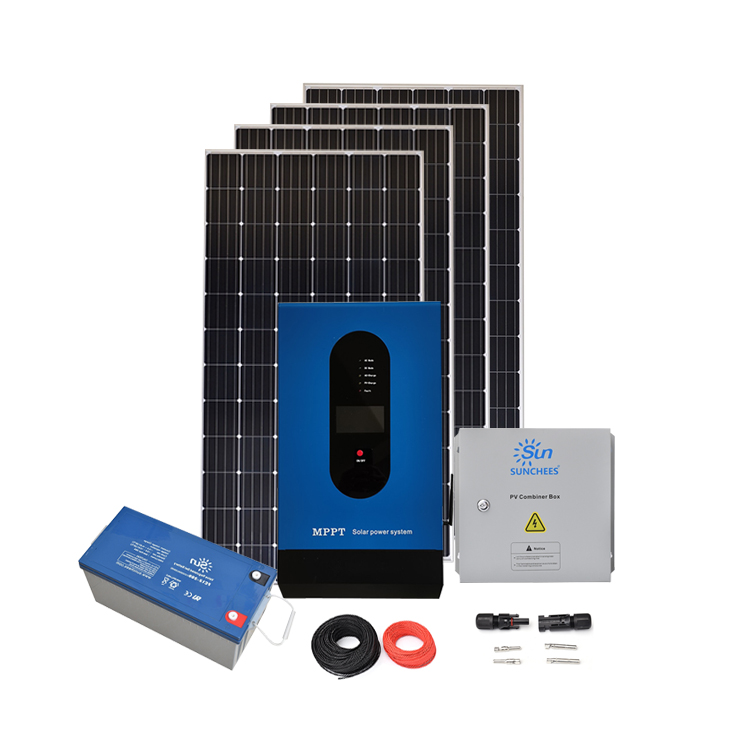

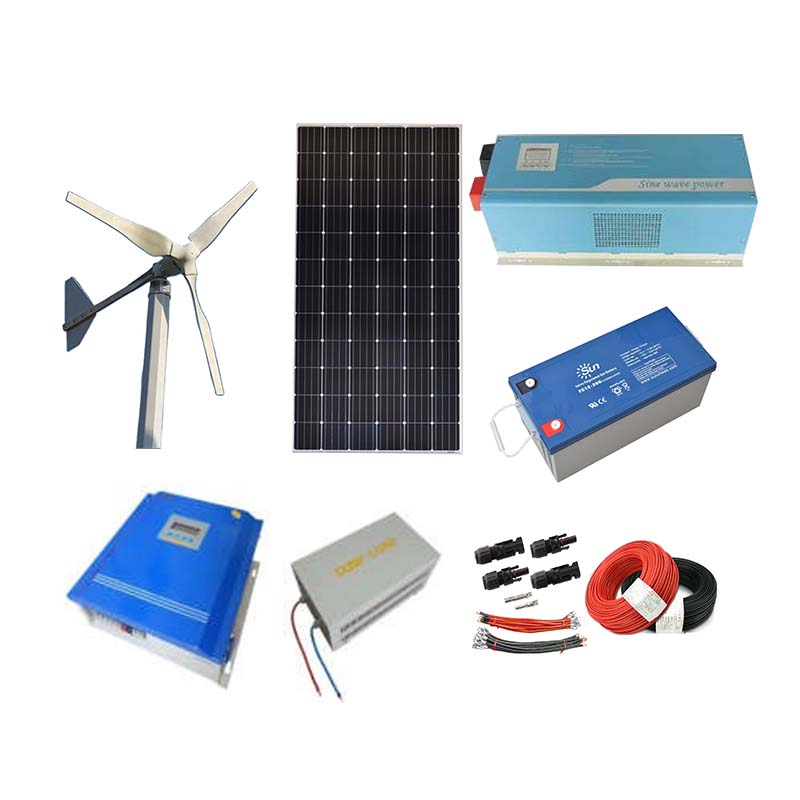
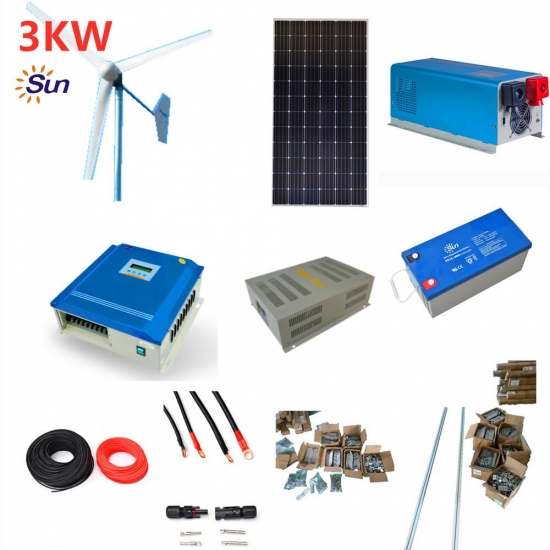
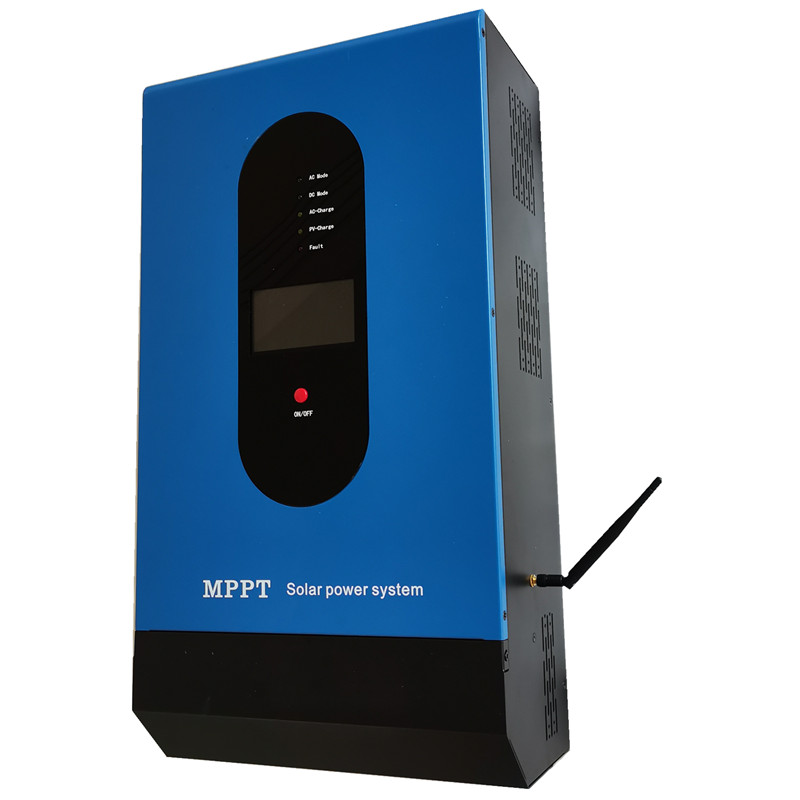
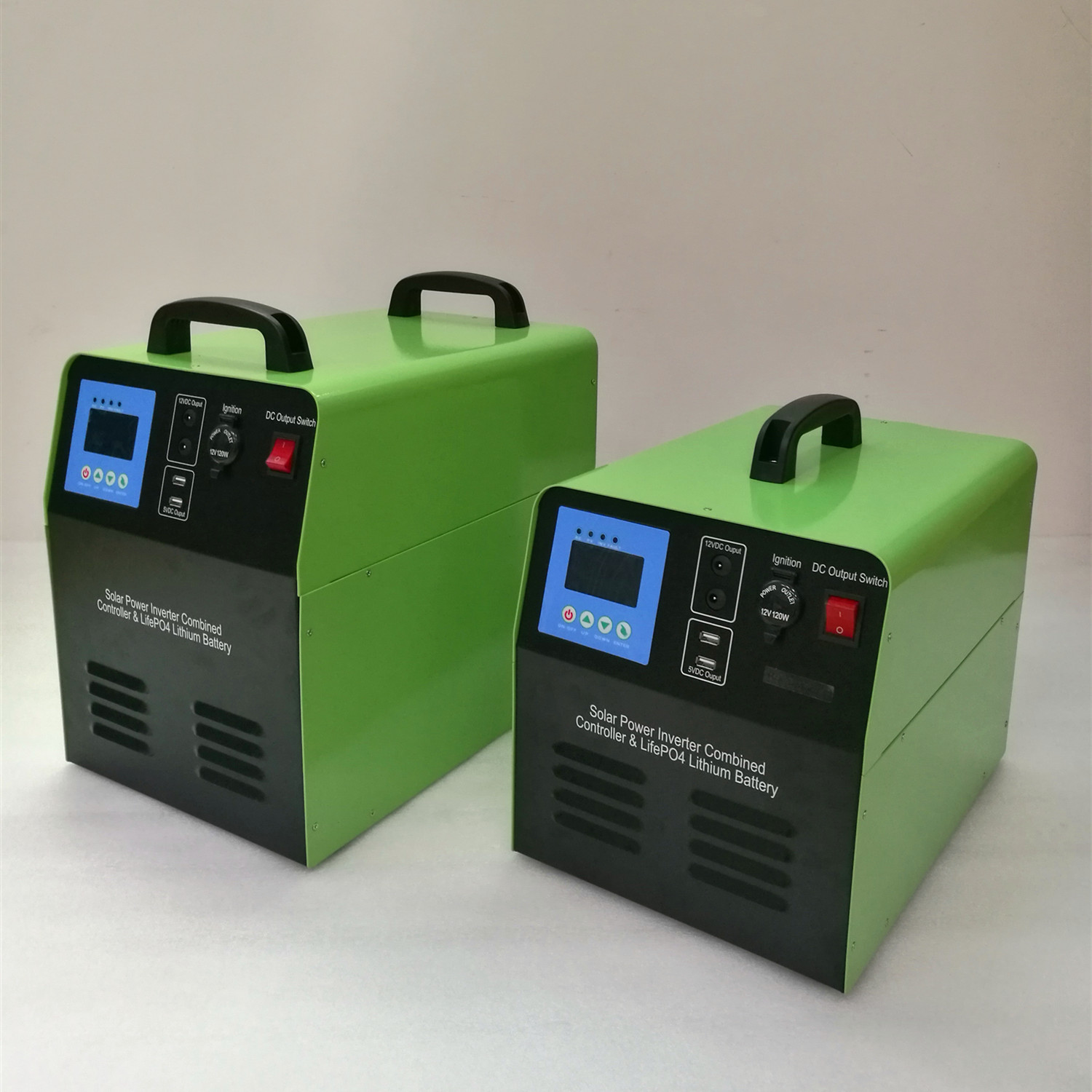
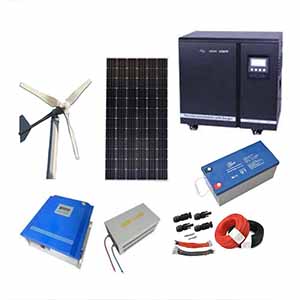
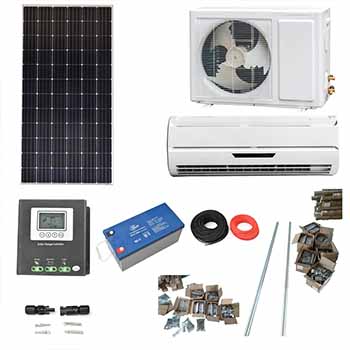
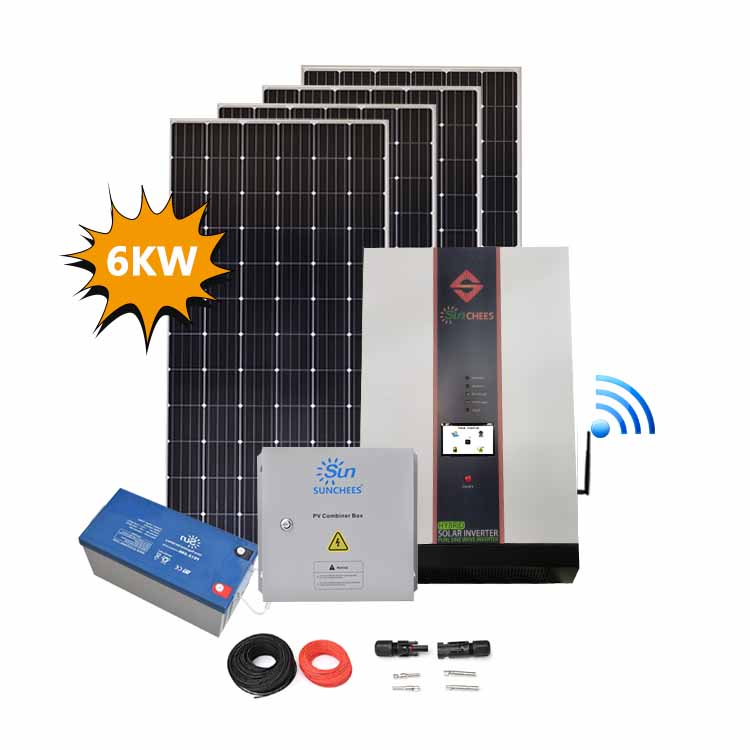

 Tel
Tel
 Email
Email
 Address
Address
